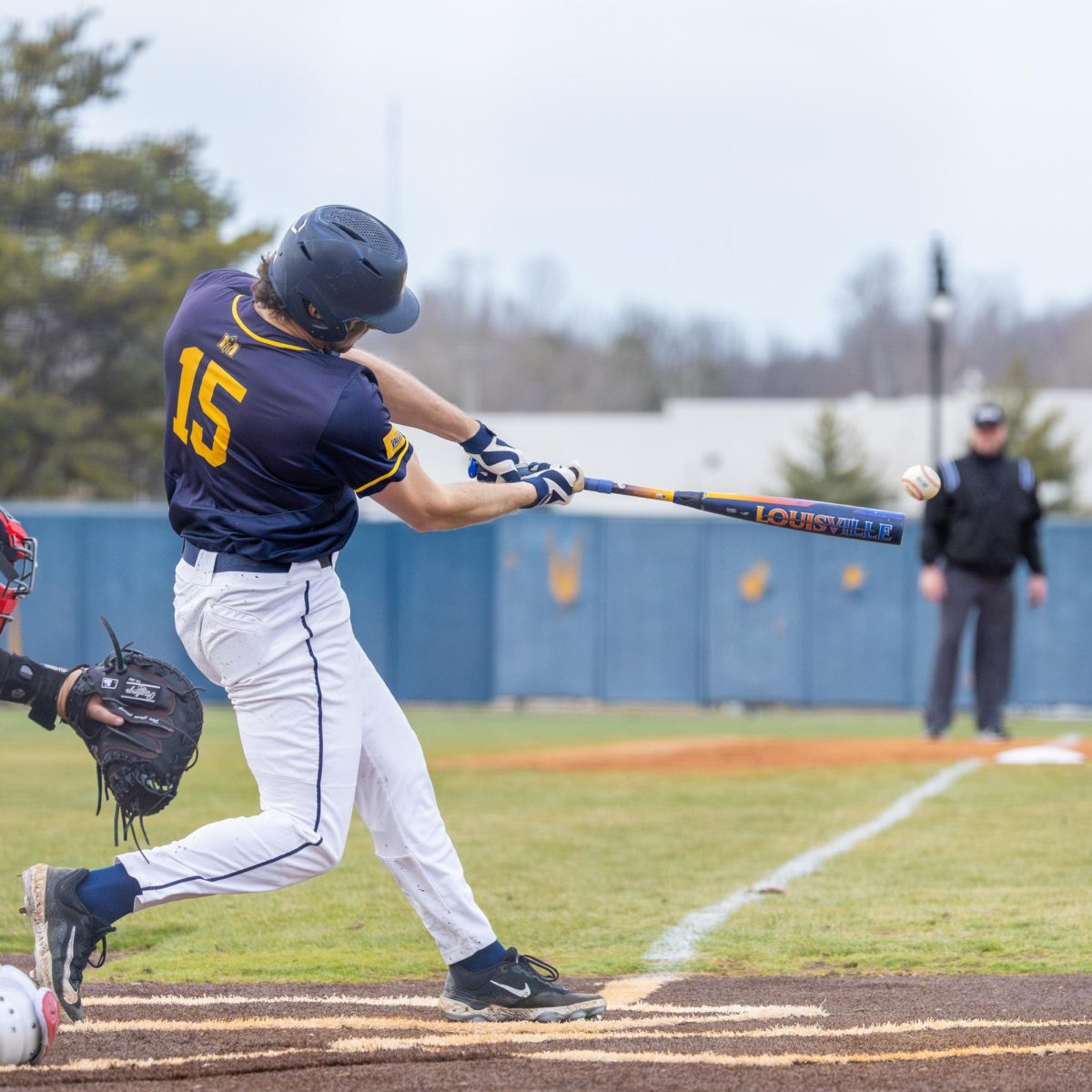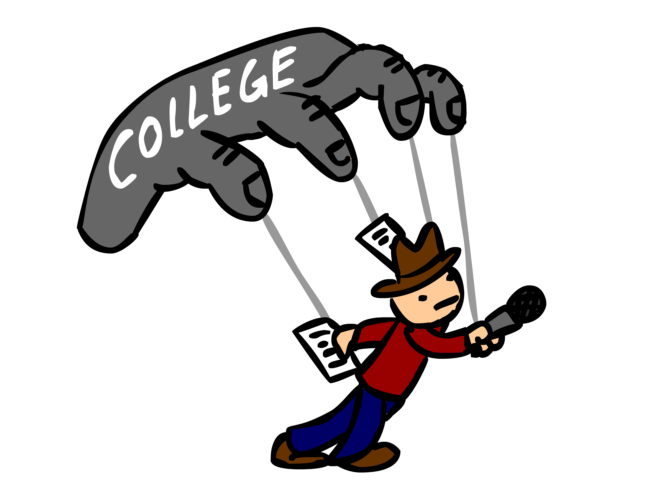Student journalism is a key step for those on the journalism path. However, student journalists have found their voices are not always seen as equal to that of independent journalism organizations.
With many student journalism publications being sponsored, this creates blurred lines when it comes to what is classified as free speech. This is an issue that has historically been questioned and has required a Supreme Court ruling.
New Voices is a student-powered activism group working to counteract the 1988 Hazelwood v. Kuhlmeier Supreme Court decision with the Student Journalist Press Freedom Restoration Act.
The ruling was made when students in the Hazelwood East High School Journalism II class wrote stories about teen pregnancy and the impacts of divorce for their school-funded newspaper.
Before the stories were published, the principal deleted pages with stories that were seen as inappropriate.
The students felt as though their rights to freedom of speech were being violated, because the school’s newspaper was a public forum. A public forum is a space open to free expression.
In the end, the Supreme Court ruled in favor of the school, because the newspaper was sponsored by the school and was seen as a way for the students to meet the requirements of their Journalism II class. It was not necessarily a public forum.
The Student Journalist Press Freedom Restoration Act recognizes that school-sponsored publications are entitled to freedom of expression, as it is an important piece to upholding our democracy.
The Act presses for students’ freedom of speech but does not protect statements that are libel, slanderous, an invasion of privacy or obscene.
New Voices is working in 20 states to bring attention to the Act, including Kentucky . Only 15 states currently have student press freedom laws.
Seeing as there are already states supporting student press freedom, it seems as though the efforts of New Voices will have an impact. However, we at The News are unsure.
We find this issue complex. As student journalists, we are strong supporters of our freedom of expression. However, we are an independent publication. Therefore, our freedom of expression can not be impeded upon by the University.
As journalists, we are the fourth estate, meaning we are watchdogs of administrative bodies such as schools, governments and other agencies.
To relinquish that right from student journalists means to take back an important piece of journalism.
Another problem that resulted from the Hazelwood v. Kuhlmeier Supreme Court decision gives institutions the ability to eliminate any content that does not fit in with the curated image.
For example, if Murray State was to do something shady that needed to be called out, The News could do that. However, if the same issue were to happen at a high school publication, it may be censored by their school if the publication is not protected by student press freedom laws.
On the other side of the argument, since student publications are typically sponsored and not independent, the publications may not constitute as public forums.
Although we are in support of the Student Journalist Press Freedom Restoration Act, we at The News are not sure if a major outcome will be reached because of the previous case rulings concerning this matter.
The possibility that a majority of states will not pass a piece of legislation allowing for a school-sponsored publication to act as a public forum seems very likely.
Activism would be a route to gain attention and support for a school-sponsored publication to obtain the same press freedoms as an independent publication.
Calling upon well-established journalists to support this act can be pivotal in the fight because they, as journalists, know the importance of press freedoms.
Without press freedoms, it is almost as though these student-journalists are being held back from practicing journalism and instead are practicing hand-guided public relations.
Despite the obstacles that stand in their way, we at The News support the efforts of New Voices and the Student Journalists Press Freedom Restoration Act.




























































































